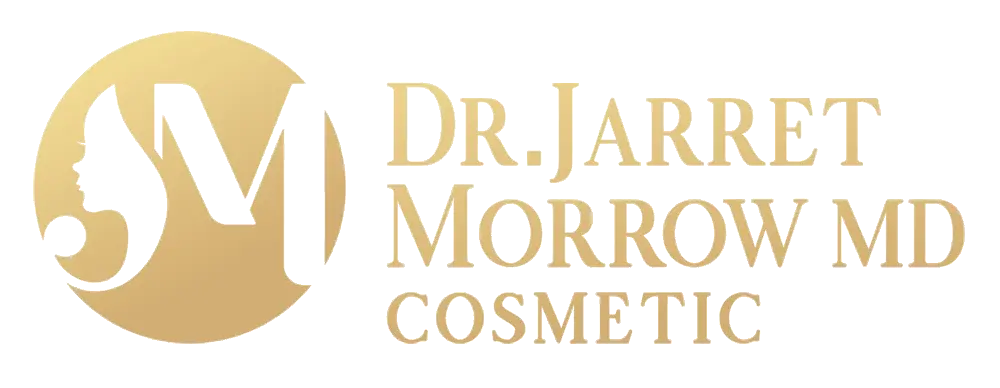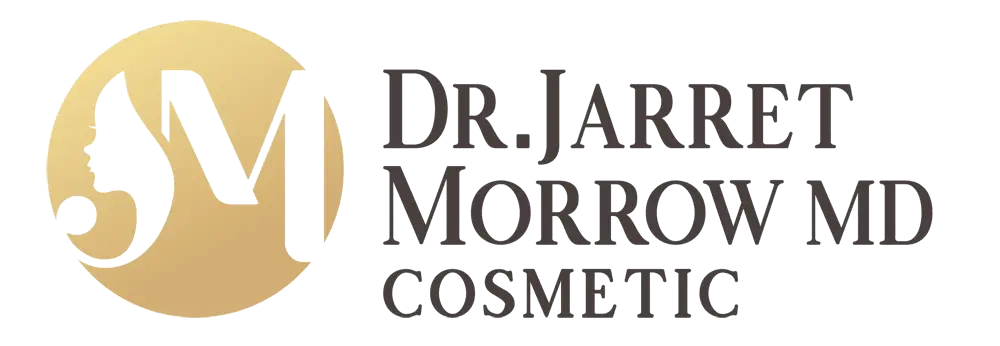Fibromyalgia is one of the most common topics that I get asked to write blog articles about. To be certain, Fibromyalgia affects an estimated 5.8 million Americans. Of these millions of Americans, women are more commonly affected than men. If you suffer from this condition, make sure to read my original article on fibromyalgia–Fibromyalgia, new treatment option. My previous article highlights some of the key features of fibromyalgia. Unfortunately, there is a paucity or lack of research into natural treatment options for fibromyalgia.
Symptoms of Fibromyalgia Syndrome:
- Widespread pain
- Pain in specific areas where pressure is applied, “pressure points.”
- Diagnosis: widespread aching pain for at least three months and have a minimum of 11 locations on your body that are abnormally tender under relatively mild, firm pressure
- Pain in specific areas where pressure is applied, “pressure points.”
- Fatigue and sleep disturbances
- Irritable bowel syndrome (IBS)
- Constipation/bloating, abdominal pain
- Headaches and facial pain
- Heightened sensitivity
- Depression/Anxiety
Fibromyalgia Treatment Options:
- Conventional analgesics
- Antidepressants
- Muscle relaxants
- Lyrica (pregabalin)–First FDA approved drug for Fibromyalgia
Pregabalin for Fibromyalgia:
This randomized, placebo-controlled trial of 300, 450, and 600 mg/d of pregabalin monotherapy demonstrated that all 3 doses were efficacious for up to 14 weeks for the treatment of fibromyalgia and were well tolerated by most patients. These results provide evidence that pregabalin is an important treatment option for patients with fibromyalgia. (Arnold et al, 2008).
Natural Treatment Options:
- Acetyl l-carnitine (2 capsules of 500 mg taken daily)
- ?Dietary Soy (see below)
- S-adenosyl methionine (Natural anti-inflammatory, analgesic, and antidepressant)
- Magnesium (see below)
- Melatonin
- ?Chlorella (see below)
- ?Omega-3 fatty acids.
Dietary Soy Supplement for Fibromyalgia:
Results of statistical analysis using the separation test and intent-to-treat analysis revealed no benefit of soy compared with placebo. (Wahner-Roedler et al, 2008)
* No current evidence to support the use of soy in patients with fibromyalgia.
S-Adenosyl Methionine for Fibromyalgia:
Some herbal and nutritional supplements (magnesium, S- adenosylmethionine) and massage therapy have the best evidence for effectiveness with FM. Other CAM therapies such as chlorella, biofeedback, relaxation have either been evaluated in only one randomized controlled trials (RCT) with positive results, in multiple RCTs with mixed results (magnet therapies) or have positive results from studies with methodological flaws (homeopathy, botanical oils, balneotherapy, anthocyanidins, and dietary modifications). Another CAM therapy such as chiropractic care has neither well-designed studies nor positive results and is not currently recommended for FM treatment. (Sarac et al, 2006).
- the best evidence for magnesium and s-adenosyl methionine for fibromyalgia
- limited evidence for chlorella
Melatonin
Preliminary evidence indicates that melatonin, a molecule that is endogenously produced and is available as an over-the-counter supplement, may be effective in treating the pain associated with this syndrome. Although melatonin is commonly known as a sleep aid (sleep/wake problems are common in FM sufferers), it has a variety of other beneficial effects that may account for its potential benefits in the treatment of FM (Reiter et al, 2007).
- Melatonin is potentially beneficial for people with fibromyalgia.
- Though it is available over-the-counter in the U.S., there are potential side effects from melatonin use.
Lifestyle Remedies
- Maintain a healthy lifestyle
- Ensure that you get adequate sleep
- Reduce stress
- Exercise regularly
- Support groups
My Conclusions:
- Overall, there is limited evidence to support the use of dietary supplements for fibromyalgia.
- There is some limited evidence to support the use of acetyl l-carnitine, magnesium, s-adenosyl methionine, and melatonin for fibromyalgia patients.
- The use of dietary supplements for fibromyalgia is not a heavily researched topic–additional studies are required to support the use of the above dietary supplements for these patients.
References:
- Arnold LM, Russell IJ, Diri EW, Duan WR, Young JP Jr, Sharma U, Martin SA, Barrett JA, Haig G. A 14-week, randomized, double-blinded, placebo-controlled monotherapy trial of pregabalin in patients with fibromyalgia. J Pain. 2008 Sep;9(9):792-805.
- Wahner-Roedler DL, Thompson JM, Luedtke CA, King SM, Cha SS, Elkin PL, Bruce BK, Townsend CO, Bergeson JR, Eickhoff AL, Loehrer LL, Sood A, Bauer BA. Dietary Soy Supplement on Fibromyalgia Symptoms: A Randomized, Double-blind, Placebo-controlled, Early Phase Trial. Evid Based Complement Alternat Med. 2008 Nov 6.
- Sarac AJ, Gur A. Complementary and alternative medical therapies in fibromyalgia. Curr Pharm Des. 2006;12(1):47-57.
- Reiter RJ, Acuna-Castroviejo D, Tan DX. Melatonin therapy in fibromyalgia. Curr Pain Headache Rep. 2007 Oct;11(5):339-42.





